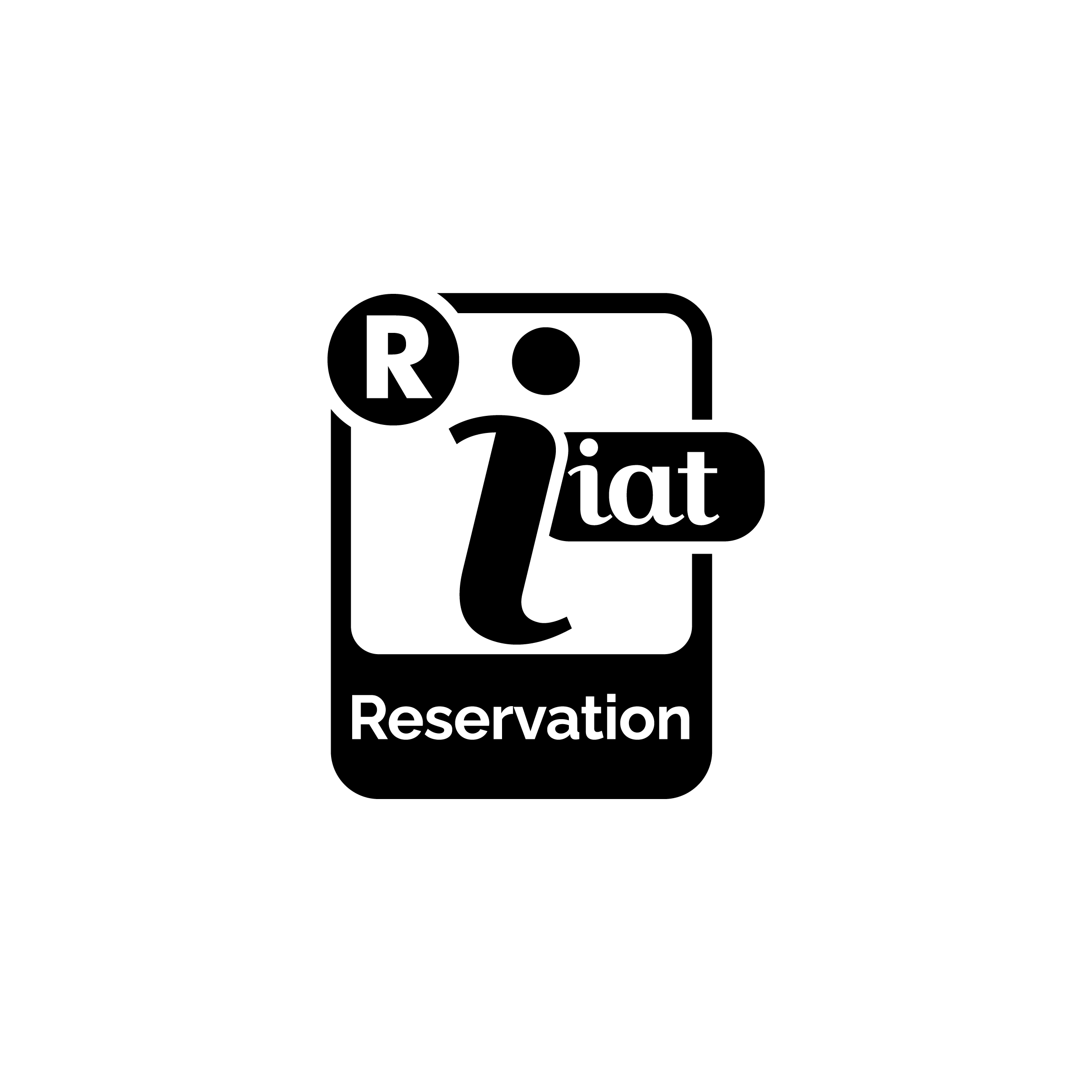Parmigiano Reggiano
Parmigiano Reggiano cheese
Red cows' Parmigiano Reggiano
For visits to cheese factories please contact:
Consortium of Parmigiano Reggiano cheese
Via Kennedy 18 - 42124 Reggio Emilia
Phone 0039 0522 307741
Typical production area
Province of Reggio Emilia - Parma
Processing
The milk of evening and morning milking is used which is left resting and is partially degreased by emergence. The curdling is carried out with veal rennet. The use of fermentation inhibiting substances is not allowed. The cheese is then salted for approximately 20-30 days. The seasoning is natural and must last at least 12 months. The seasoned cheese is eaten like this or grated. To produce a kg of Parmesan cheese you need 16 litres of high quality and big dairy attitude milk. Here is a brief description of how Parmigiano Reggiano cheese is obtained: In the evening, at about 6.00 p.m., milk comes from the afternoon milking and is immediately poured for the emergency of cream that, the following morning, will give the "emergency" butter. The following morning, at seven, the second milk part arrives and it is immediately poured in the double bottoms to which the emergency tank milk is to be added. Cooking starts now and it lasts, according to the milk features (and this shows the experience of the dairyman), from 20 to 30 minutes at temperature of approximately 60 degrees. When the milk has reached the right temperature, the natural rennet is added and when the curd has been formed it is possible to "cut" it (this breaking will determine, by consequence, the cheese granule size). At the end of breaking it is necessary to press with the suitable "rammer" to push the curd towards the boiler bottom which shows a mould. The mould is then recovered with a tensioned cloth between two sticks and then you will level it to divide it into two pieces that make up the normal shape of 30/35 kg. The block which is still oval is deposited in wooden "moulds" (which can be also in aluminium with many holes that will determine the shape) and above these a cement block weighing 25/30 kg will press everything. From here, the cheese will be salted as it is for 20/30 days and afterwards it is preserved in the warehouse with the suitable conditioning to adjust the seasoning duration. On the shape, the date and signature of the dairyman are traditionally written with ink. With 10 quintals of milks (capacity of the double bottoms) you can obtain 65/70 kg of Parmigiano Reggiano cheese and 10/11 kg of butter.
Features
The Parmesan cheese is a cheese with a strong and exclusive taste; it is unreplaceable to enhance the taste, flavour and fragrance of first course and many second course dishes. It is exquisite with cocktails, fruits and salads.
Tools
The traditional tools can be seen at the museums of rural civilisation and at the dairies on the territory. In particular: the "museo della civiltà contadina e artigianale della Val d'Enza" (Via Copellini, 13 - Villa Aiola - Montecchio Emilia - phone 0039 0522 871271) preserves objects and working tools of the rural world with special reference to the production of parmesan cheese. Near the museum it is possible to visit two historical castles for the processing of cheese. One dates back to the XVIII century, while the other is more recent. The "Museum of Agricultural Civilization" (in Estense Fortress, corso Umberto I°, San Martino in Rio, phone 0039 0522 636726 / 636720) contains a section devoted to dairies and dairy techniques.
Historical origins
Parmigiano Reggiano cheese has ancient roots: the first news on it date back to the Roman Empire. Marziale, Columella and Varrone mention it. The most precise mention dates back to the year 1350 and is supplied by Boccaccio in its "Decamerone" when he describes its use in garnishing maccaroni and ravioli. Sources date its birth in the mean valley of Enza in the territory included between Reggio Emilia and Parma. Today, like in the past, the necessary ingredients for its preparation are natural and simple: The milk of the typical area, curd, the big experience of dairymen and seasoning. This cheese is so typical also because of very special environmental factors included in a small production area (soil, air, water, cow diet) and the special artisan production which has remained unchanged in the years. From the quality point of view, the Parmesan cheese offers guarantees that no other product can give because any sophistication (even the smallest one) or use of differents methods from the traditional ones could cause a diminishment of the product itself that would not be anyway worth of the Parmesan cheese denomination. The cheese has a high nutritional value: 1 hectogram is equal, in terms of protein content, to 160 g of ham, 210 g of beef meat, 300 g of trout. Studies on the digestibility have shown that to digest 1 hectogram of Parmesan cheese, you need 40 minutes against approximately 3 hours and a half which are necessary to digest the same quantity of the beef meat.





